18 Things You Probably Don't Remember From Texas History Class
By San Antonio Current Staff on Fri, Feb 28, 2020 at 2:28 pm
We know you remember the Alamo (you better!), but what else do you remember from Texas history? Some generations will remember taking a class dedicated to the Lone Star State's history in middle school and high school, but can you recall everything you learned? Here's some fun facts to freshen up your memory.
Scroll down to view images
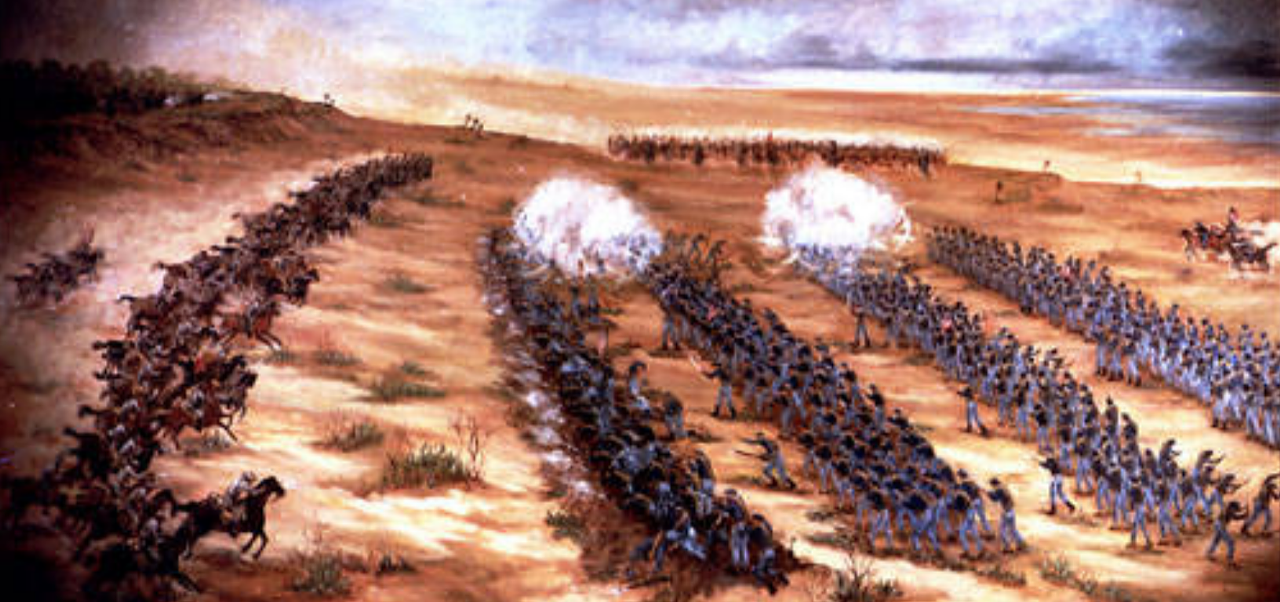
The last battle of the Civil War was fought in Texas.
The Civil War technically ended in April 1965, but a month later, Union forces under the command of Theodore H. Barrett decided to attack the rebel encampment at a depot near Brownsville. The urban legend goes that Barrett wanted to be called a war hero, and had no real reason to battle it out.
Photo by Clara Lily Ely via UTSA Libraries Special Collections
The Civil War technically ended in April 1965, but a month later, Union forces under the command of Theodore H. Barrett decided to attack the rebel encampment at a depot near Brownsville. The urban legend goes that Barrett wanted to be called a war hero, and had no real reason to battle it out.
Photo by Clara Lily Ely via UTSA Libraries Special Collections
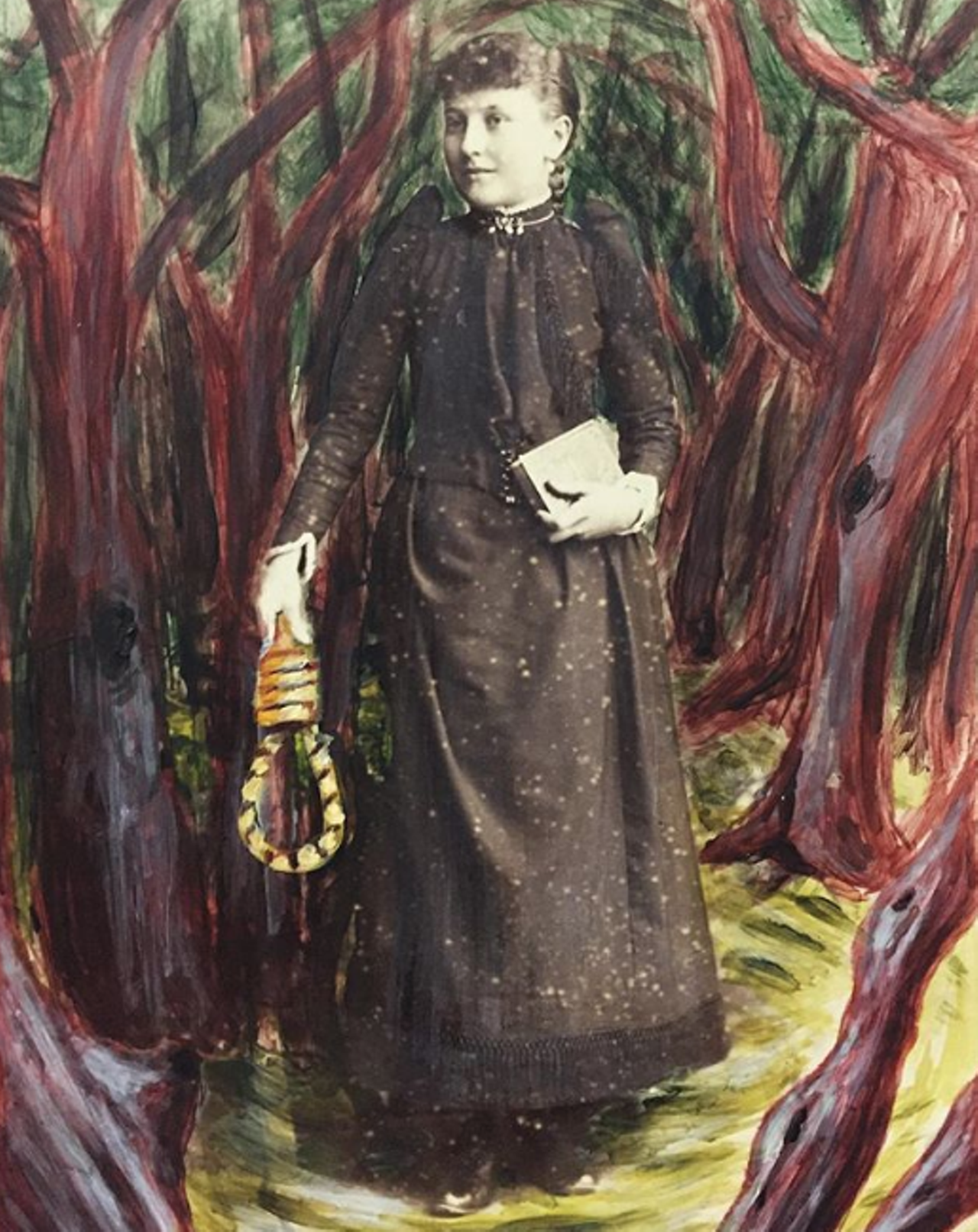
Josefa Rodriguez is a name you should remember.
Born in Mexico in 1799, Josefa “Chipita” Rodriguez eventually landed in the South Texas town of San Patricio. Although she was known for furnishing travelers in the area with meals and a place to sleep, she is perhaps best known for robbing and killing a man with an axe. The evidence against her wasn’t strong and historians say she didn’t receive a fair trial, but she was sentenced to death for the crime (some say she was covering for her son). At the age of 63, she was hung after her last words of “No soy cupable.” Chipita was reportedly the first woman to be (legally) hung in Texas.
Photo via Instagram / geraldjl
Born in Mexico in 1799, Josefa “Chipita” Rodriguez eventually landed in the South Texas town of San Patricio. Although she was known for furnishing travelers in the area with meals and a place to sleep, she is perhaps best known for robbing and killing a man with an axe. The evidence against her wasn’t strong and historians say she didn’t receive a fair trial, but she was sentenced to death for the crime (some say she was covering for her son). At the age of 63, she was hung after her last words of “No soy cupable.” Chipita was reportedly the first woman to be (legally) hung in Texas.
Photo via Instagram / geraldjl

Prisoners of War were kept in Texas during World War II.
During World War II, there were more than 70 known POW camps throughout Texas — more than any other state. Most of Texas’ camps held German soldiers, but there were also reportedly Italian and Japanese prisoners. There was even a camp in San Antonio, at San Pedro Springs Park if you can believe it.
Photo via UTSA Libraries Special Collections
During World War II, there were more than 70 known POW camps throughout Texas — more than any other state. Most of Texas’ camps held German soldiers, but there were also reportedly Italian and Japanese prisoners. There was even a camp in San Antonio, at San Pedro Springs Park if you can believe it.
Photo via UTSA Libraries Special Collections
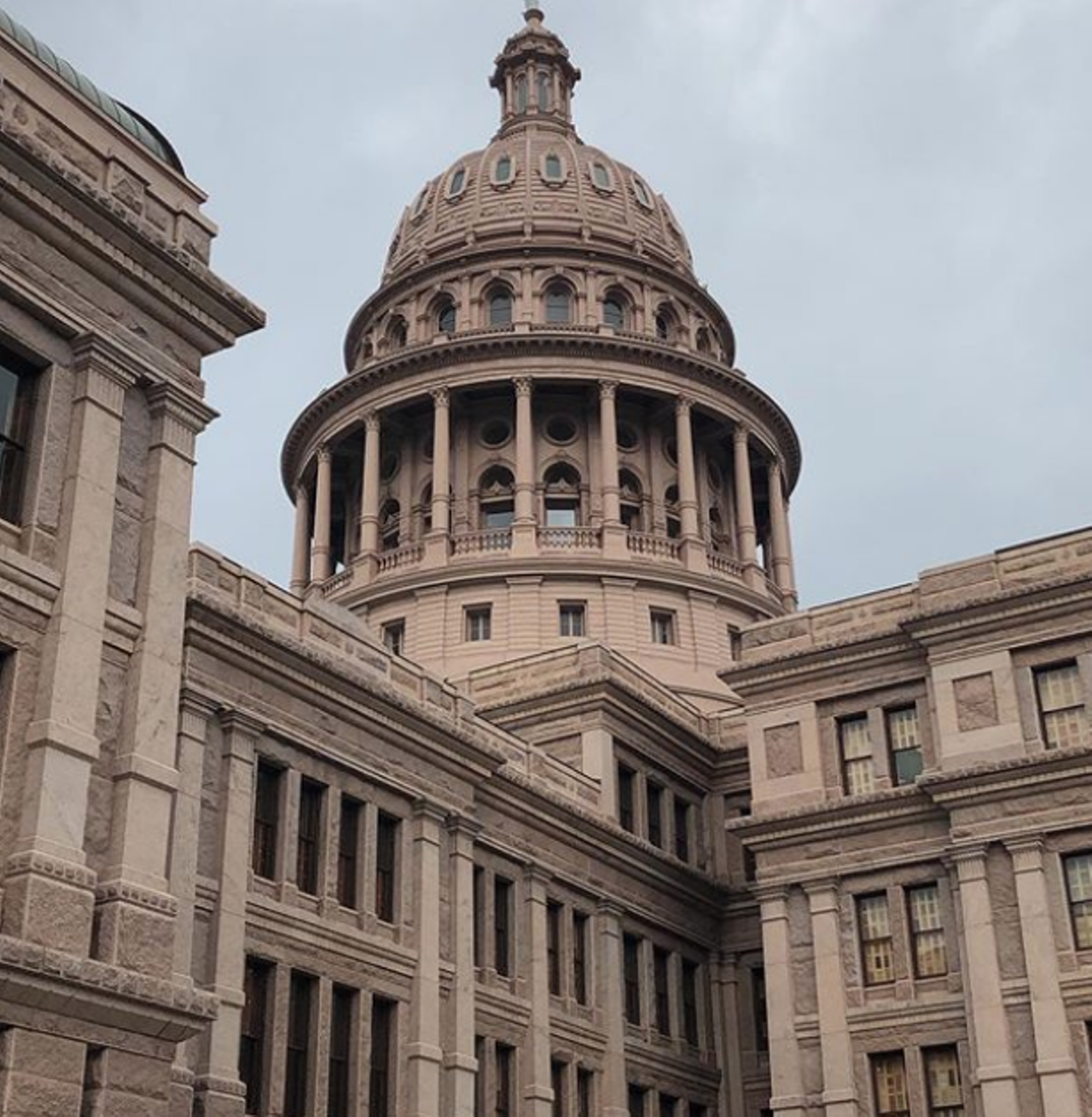
Texas’ capital wasn’t always Austin.
For some time, the Republic of Texas capital was transient, meaning it wasn’t consistently in the same area. That changed in 1837 when President Sam Houston decided the capital would be in present-day Houston. Austin didn’t officially became the capital until 1839.
Photo via Instagram / freddraws2
For some time, the Republic of Texas capital was transient, meaning it wasn’t consistently in the same area. That changed in 1837 when President Sam Houston decided the capital would be in present-day Houston. Austin didn’t officially became the capital until 1839.
Photo via Instagram / freddraws2
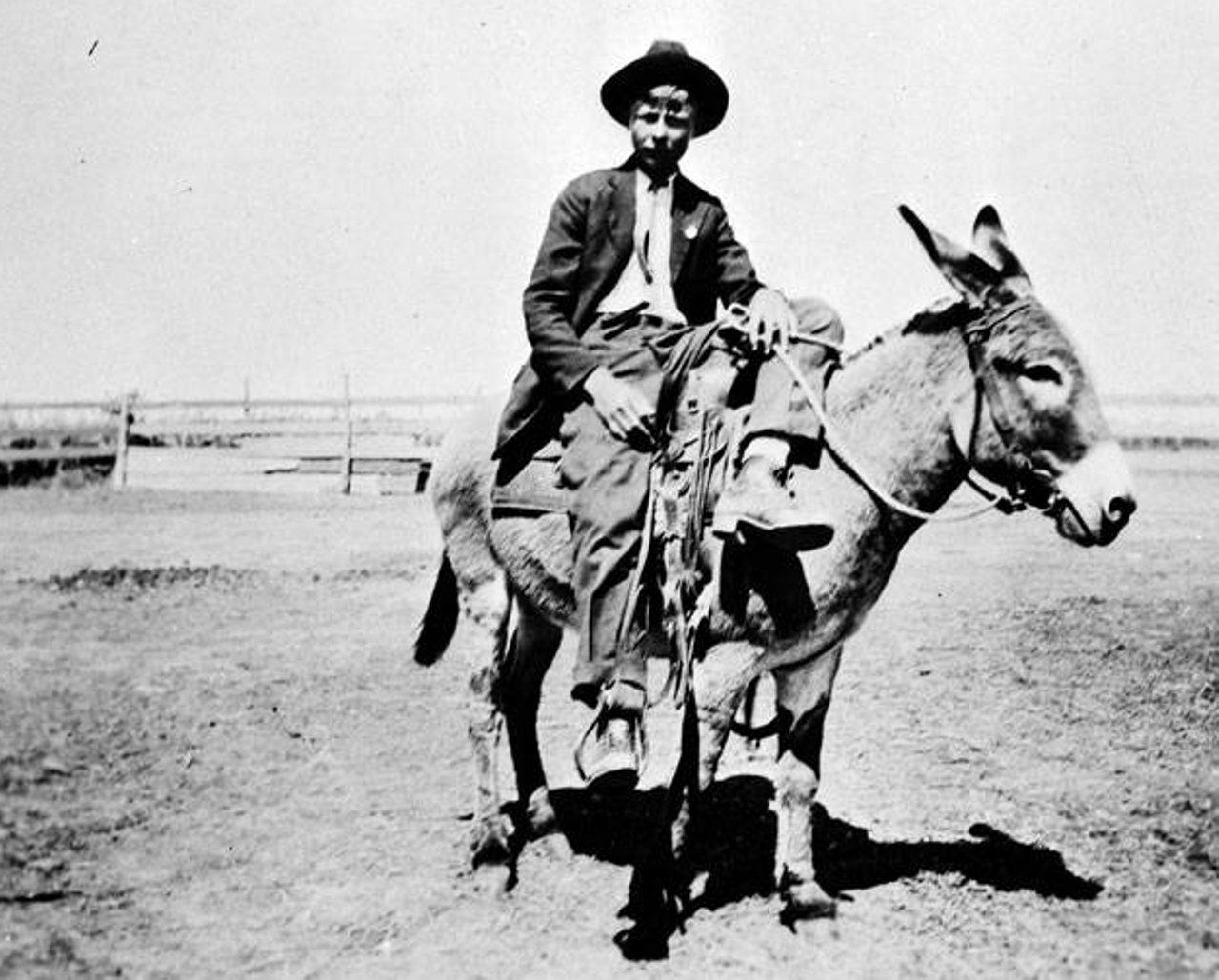
Texas Panhandle farmers had it really rough in the 1930s.
After dealing with the Great Depression, farmers in the state’s Panhandle had to endure the Dust Bowl — extreme drought conditions that lasted from 1934 to 1939. It was so bad that lots of farmers had to give up on the practice, a source of stable income, completely.
Photo via UTSA Libraries Special Collections
After dealing with the Great Depression, farmers in the state’s Panhandle had to endure the Dust Bowl — extreme drought conditions that lasted from 1934 to 1939. It was so bad that lots of farmers had to give up on the practice, a source of stable income, completely.
Photo via UTSA Libraries Special Collections
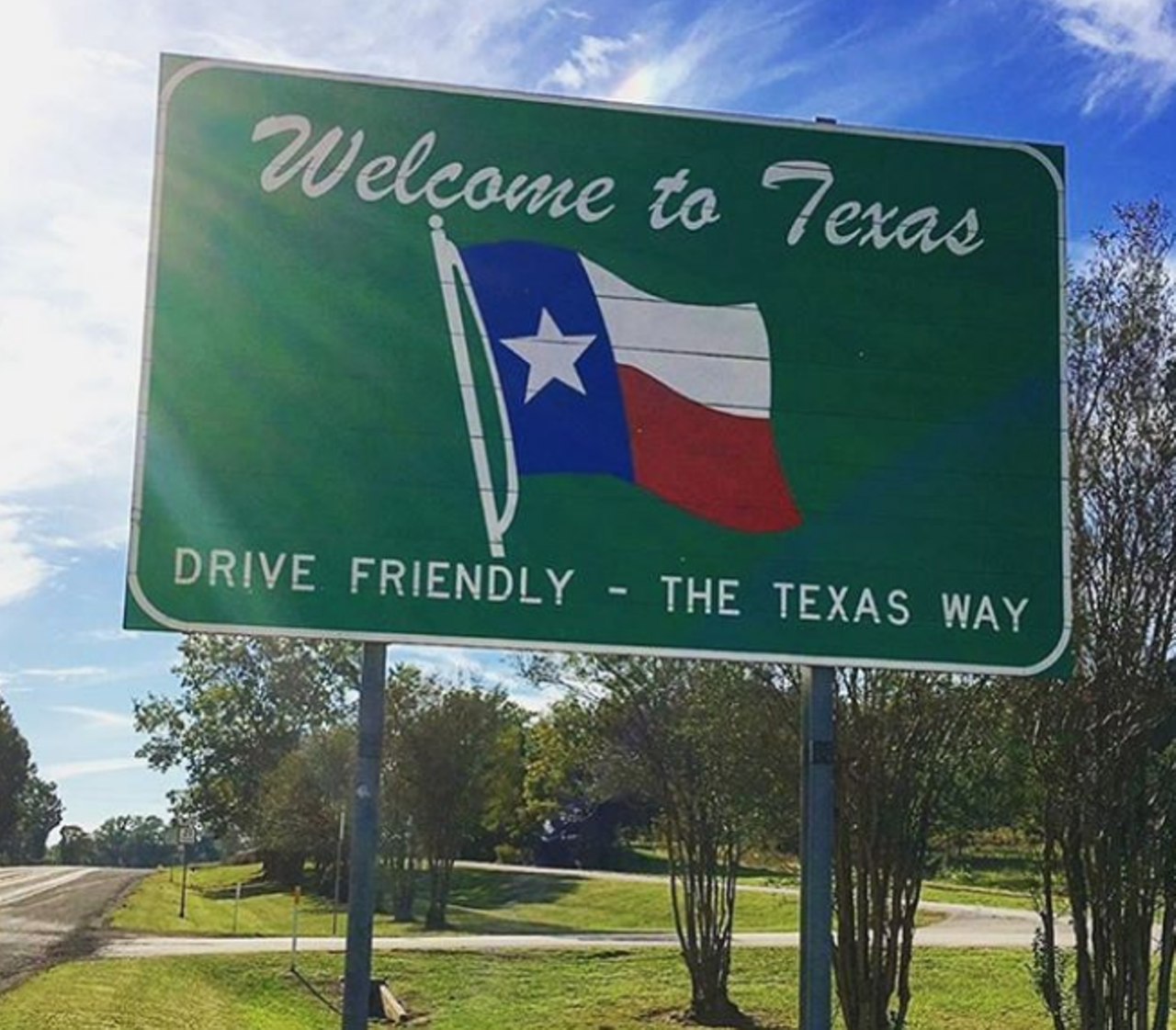
Texas was the 28th state to join the U.S.
Texas ended the year by joining the Union on December 29, 1845, making it the 28th U.S. state. It’s also the only state to enter the U.S. by treaty, rather than territorial annexation like most other states. After seceding and fighting for the Confederacy during the Civil War, Texas was readmitted to the Union in 1870.
Photo via Instagram / bobbyparsa
Texas ended the year by joining the Union on December 29, 1845, making it the 28th U.S. state. It’s also the only state to enter the U.S. by treaty, rather than territorial annexation like most other states. After seceding and fighting for the Confederacy during the Civil War, Texas was readmitted to the Union in 1870.
Photo via Instagram / bobbyparsa

Miriam “Ma” Ferguson made history for Texas — and the entire country.
If Miriam Ferguson doesn’t sound familiar, we don’t blame you. But how about this, Ferguson was one of the first female governors. Elected the same year as Nellie Tayloe Ross in Wisconsin, Ferguson (second from the left) decided to run for office after her husband was removed from office for a variety of crimes. She served two non-consecutive terms.
Photo via UTSA Libraries Special Collections
If Miriam Ferguson doesn’t sound familiar, we don’t blame you. But how about this, Ferguson was one of the first female governors. Elected the same year as Nellie Tayloe Ross in Wisconsin, Ferguson (second from the left) decided to run for office after her husband was removed from office for a variety of crimes. She served two non-consecutive terms.
Photo via UTSA Libraries Special Collections

Dr Pepper has an interesting origin story.
You may know that Dr Pepper, the unofficial soft drink of Texas, was first made in Waco, but did you know that it was created by a pharmacist? Charles Alderton was just a young man working at Morrison’s Old Corner Drug Store when he decided to mix his two interests: medicine and carbonated drinks. So, he eventually created a soft drink that was made of the fruit syrup flavors and smelled like the pharmacy he worked out. And there you have it, Dr Pepper.
Photo via Instagram / drpepper
You may know that Dr Pepper, the unofficial soft drink of Texas, was first made in Waco, but did you know that it was created by a pharmacist? Charles Alderton was just a young man working at Morrison’s Old Corner Drug Store when he decided to mix his two interests: medicine and carbonated drinks. So, he eventually created a soft drink that was made of the fruit syrup flavors and smelled like the pharmacy he worked out. And there you have it, Dr Pepper.
Photo via Instagram / drpepper
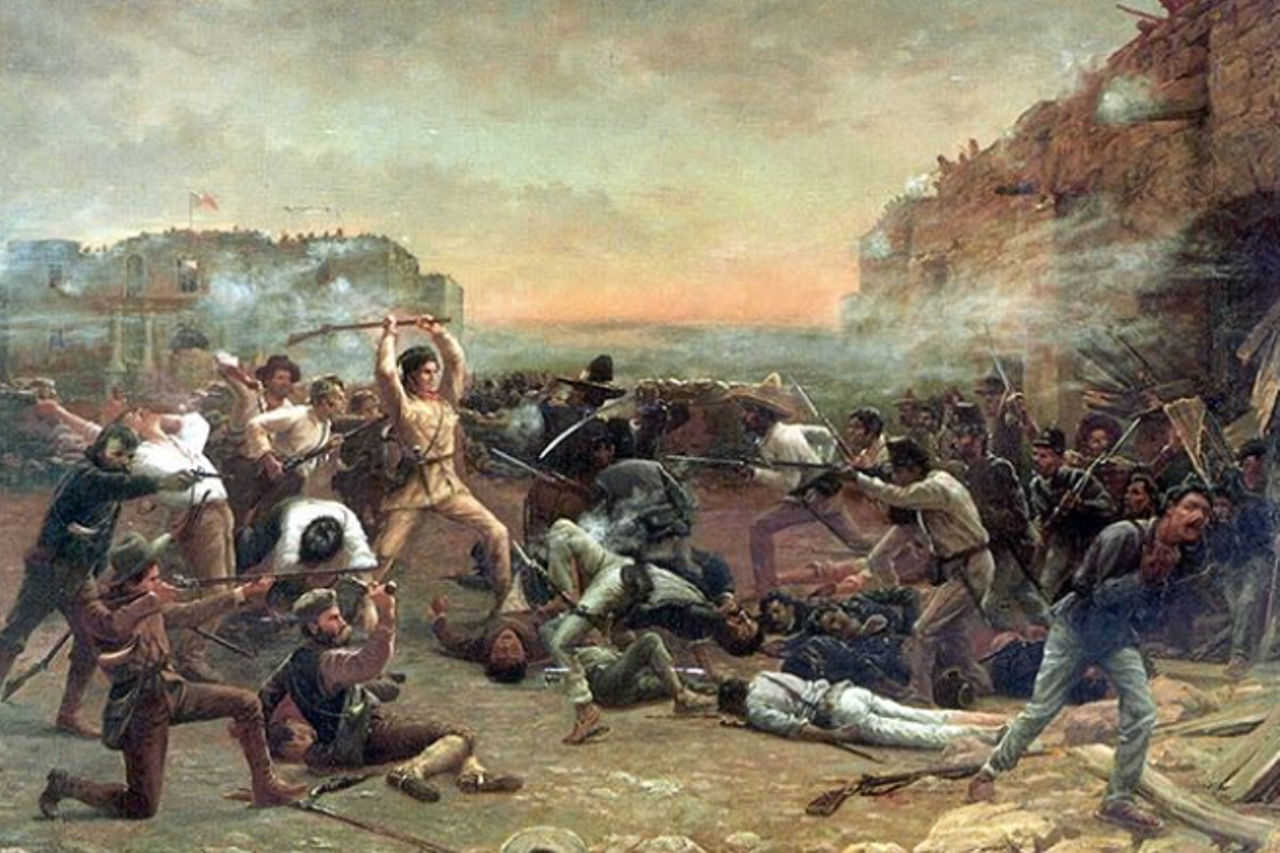
Mexico was constantly fighting over Texas.
After Santa Anna and his crew slayed the Texans at the Alamo, and Texas became its own country, Mexico still wanted to claim the sprawling land mass. When the state became part of the U.S. in 1845, our southern neighbors didn’t want to acknowledge such and even went to war over the state, resulting in the Mexican-American War from 1846 to 1848. It took the signing of the Treaty of Guadalupe Hidalgo for fighting to stop and for Mexico to accept the Rio Grande as its northern border.
Photo via Instagram / officialalamo
After Santa Anna and his crew slayed the Texans at the Alamo, and Texas became its own country, Mexico still wanted to claim the sprawling land mass. When the state became part of the U.S. in 1845, our southern neighbors didn’t want to acknowledge such and even went to war over the state, resulting in the Mexican-American War from 1846 to 1848. It took the signing of the Treaty of Guadalupe Hidalgo for fighting to stop and for Mexico to accept the Rio Grande as its northern border.
Photo via Instagram / officialalamo
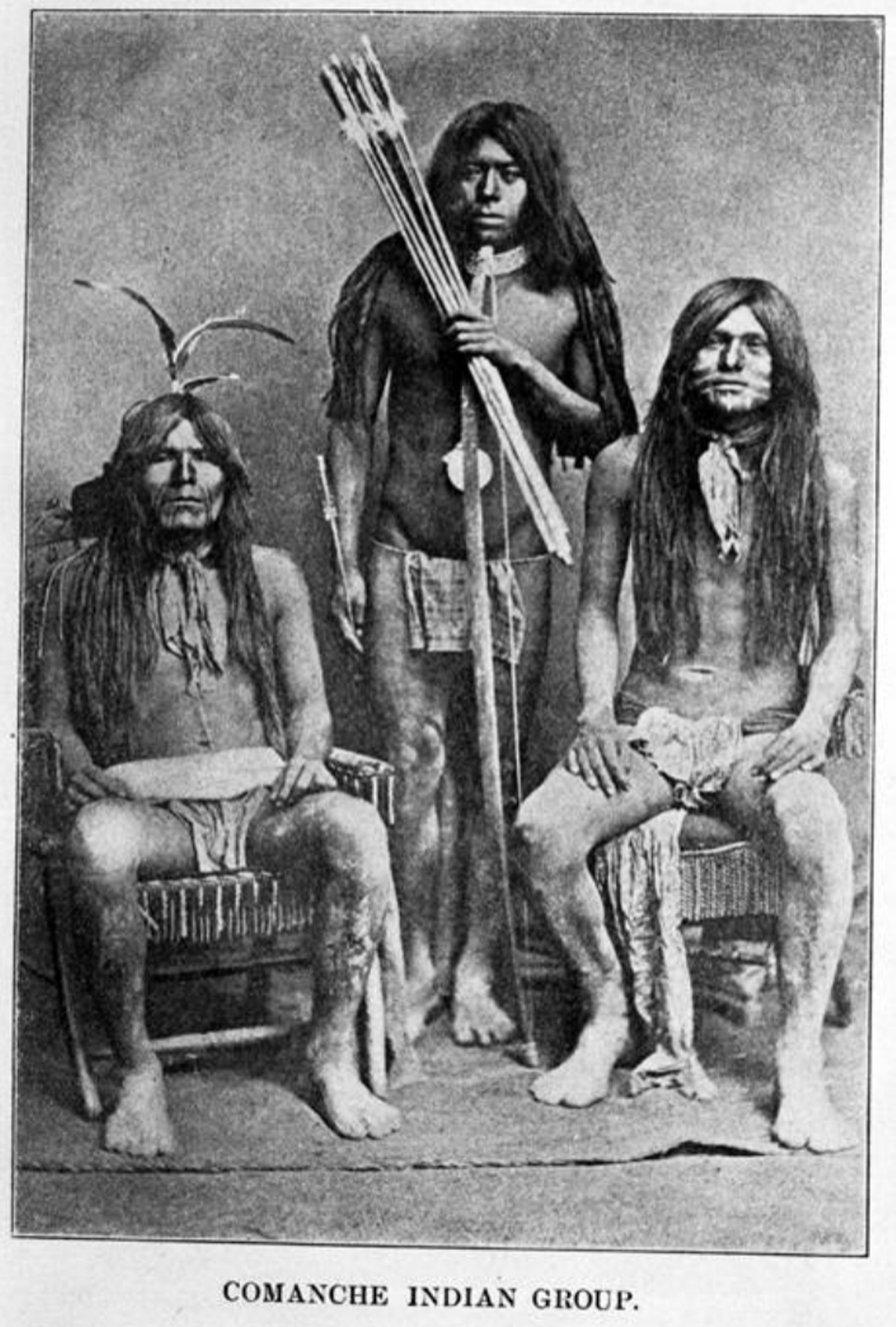
Native Americans were all over present-day Texas, one nation especially.
While you would have seen lots of native nations throughout Texas before settlers moved in, the Comanche were dominant in Texas from the mid-1700s to the mid-1800s. The nation was so powerful that Sam Houston, Republic of Texas president, aimed to sign a peace treaty acknowledging the border between Texas and Comancheria, the tribe’s lands. The Comanche nation eventually faced diseases, the slaughtering of buffalo (which limited its ability to survive as hunters) and was forced into reservations.
Photo via UTSA Libraries Special Collections
While you would have seen lots of native nations throughout Texas before settlers moved in, the Comanche were dominant in Texas from the mid-1700s to the mid-1800s. The nation was so powerful that Sam Houston, Republic of Texas president, aimed to sign a peace treaty acknowledging the border between Texas and Comancheria, the tribe’s lands. The Comanche nation eventually faced diseases, the slaughtering of buffalo (which limited its ability to survive as hunters) and was forced into reservations.
Photo via UTSA Libraries Special Collections

The worst natural disaster in U.S. history took place in Texas.
Galveston residents know that severe weather is all but unavoidable. Residents in the coastal town in 1900 saw major devastation when a Category 4 hurricane hit land on September 8. The storm completely wiped out the island city, bringing winds of 130 to 140 miles per hour and a storm surge of more than 15 feet. When the hurricane finally settled down, more than 8,000 people had died and thousands of buildings were destroyed. The storm left an estimated $700 million in damages (in today’s currency).
Photo courtesy of San Antonio Conservation Society via UTSA Libraries Special Collections
Galveston residents know that severe weather is all but unavoidable. Residents in the coastal town in 1900 saw major devastation when a Category 4 hurricane hit land on September 8. The storm completely wiped out the island city, bringing winds of 130 to 140 miles per hour and a storm surge of more than 15 feet. When the hurricane finally settled down, more than 8,000 people had died and thousands of buildings were destroyed. The storm left an estimated $700 million in damages (in today’s currency).
Photo courtesy of San Antonio Conservation Society via UTSA Libraries Special Collections
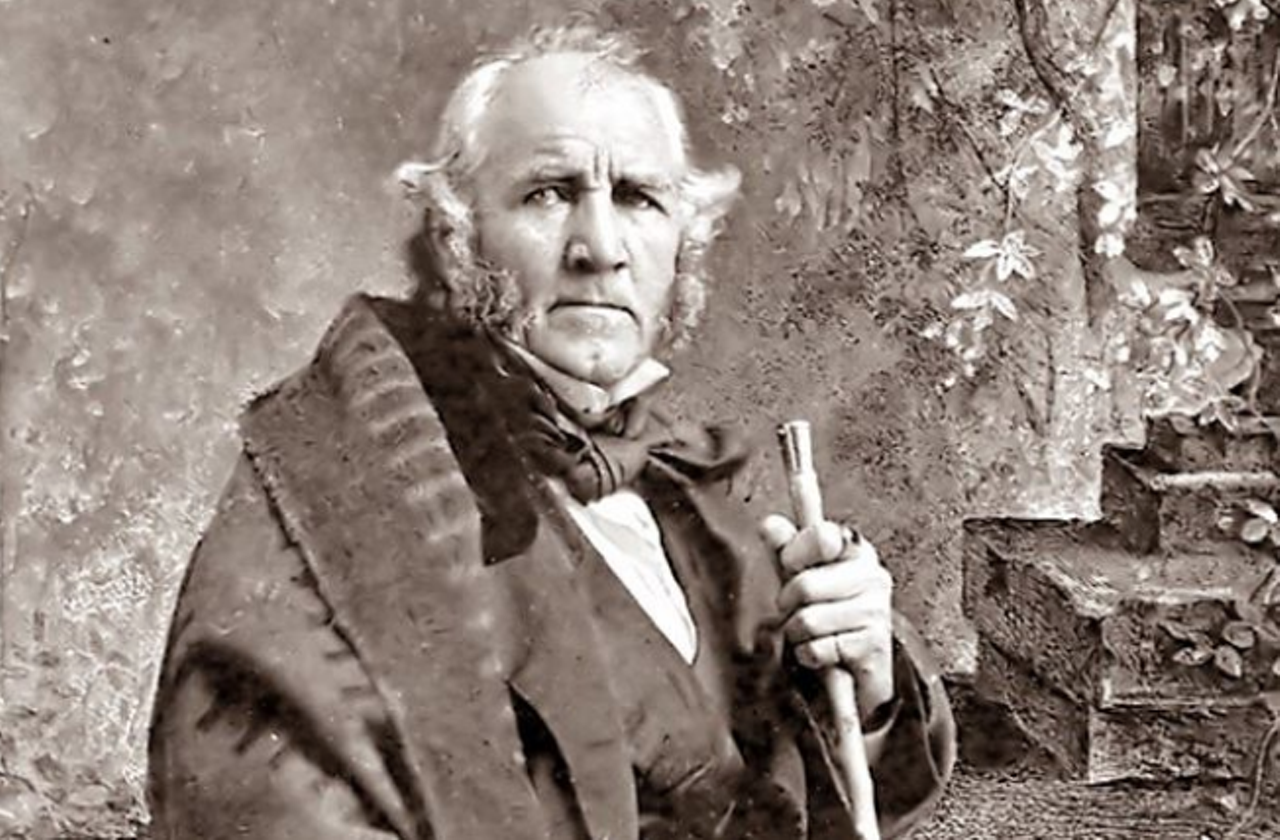
Texas’ first president is still remembered today — kind of.
After the Battle of San Jacinto and the events leading up to it, Sam Houston continued being a prevalent figure in Texas’ early days. When Texas was its own county (those were the days, huh?), Houston was the first president after being elected in 1836. And to think, Sam Houston is honored with a whole city named after him. Wonder if he’d dig the Houston vibe...
Photo via Instagram / officialalamo
After the Battle of San Jacinto and the events leading up to it, Sam Houston continued being a prevalent figure in Texas’ early days. When Texas was its own county (those were the days, huh?), Houston was the first president after being elected in 1836. And to think, Sam Houston is honored with a whole city named after him. Wonder if he’d dig the Houston vibe...
Photo via Instagram / officialalamo
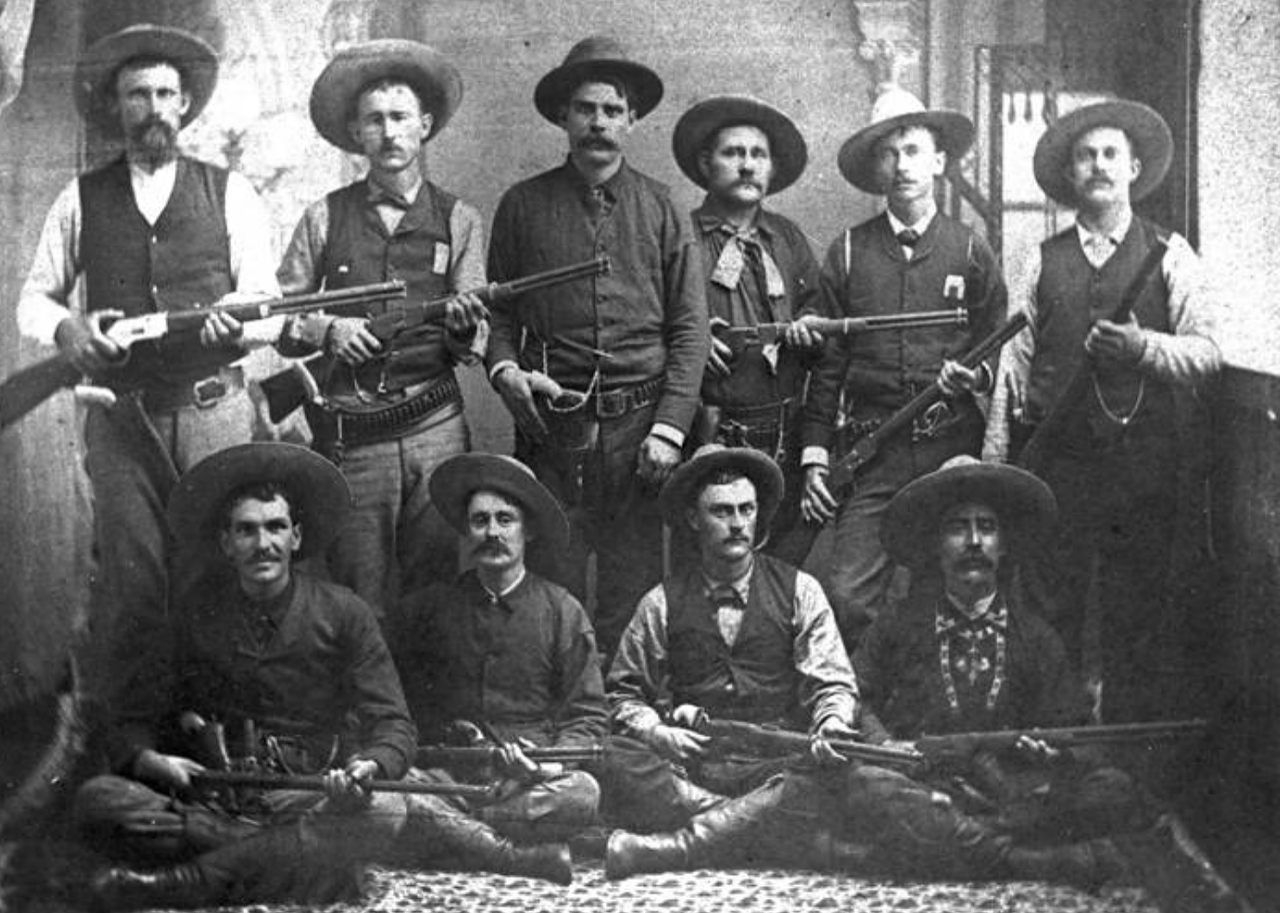
The Texas Rangers are the oldest state law enforcement agency in North America.
On top of having a badass reputation within pop culture, the Texas Rangers are also known as one of the longest-running law enforcement agencies. In 1823, Stephen F. Austin employed 10 men to act as rangers and protect hundreds of families that had recently settled in Texas. The rangers officially became an agency in 1835. John Wayne and Chuck Norris are honorary Texas Rangers.
Photo via UTSA Libraries Special Collections
On top of having a badass reputation within pop culture, the Texas Rangers are also known as one of the longest-running law enforcement agencies. In 1823, Stephen F. Austin employed 10 men to act as rangers and protect hundreds of families that had recently settled in Texas. The rangers officially became an agency in 1835. John Wayne and Chuck Norris are honorary Texas Rangers.
Photo via UTSA Libraries Special Collections
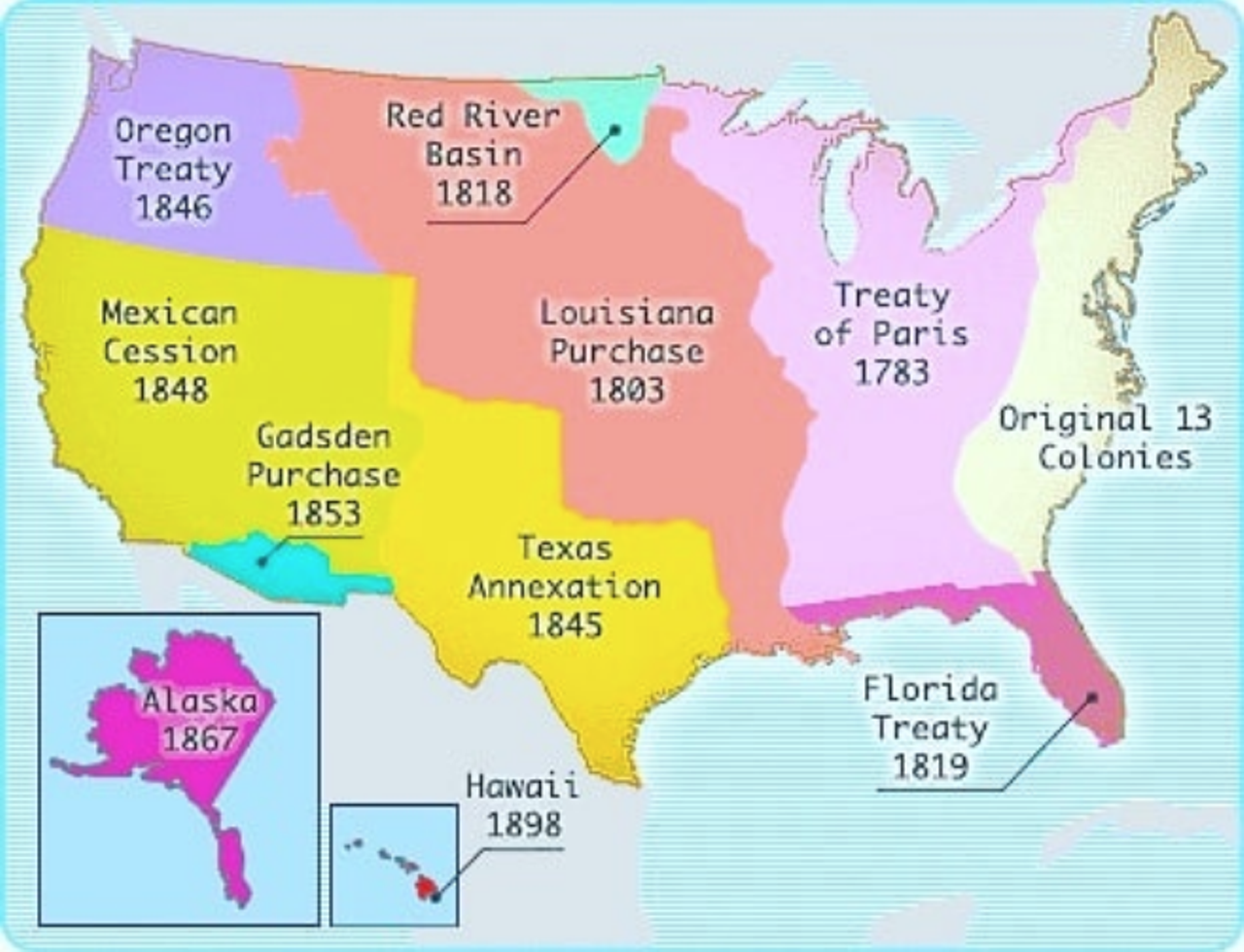
Texas can’t secede — but it does have a trick up its sleeve.
Texas doesn’t have the right to secede more than any other state (the urban myth is, in fact, a myth). But, as part of the annexation agreement from 1845, the state is allowed to divide itself into as many as five states without federal approval. Who knows? It may happen one day.
Photo via Instagram / lsa_gcsw
Texas doesn’t have the right to secede more than any other state (the urban myth is, in fact, a myth). But, as part of the annexation agreement from 1845, the state is allowed to divide itself into as many as five states without federal approval. Who knows? It may happen one day.
Photo via Instagram / lsa_gcsw
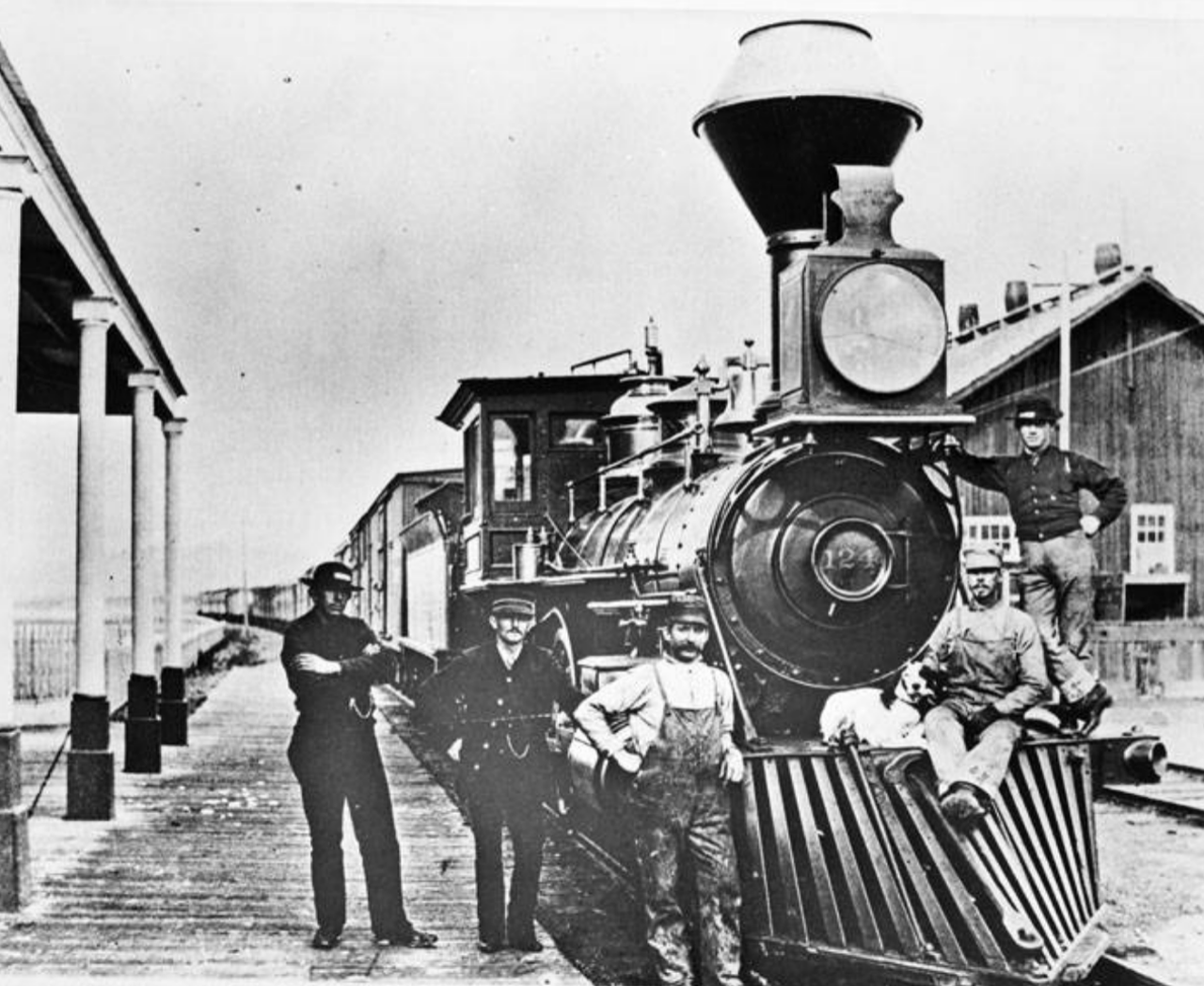
Texas’ major cities are all far apart from each other for a reason.
In the late 1800s, when Texas was really forming into what it is today, new settlements were able to be far away from existing, and larger, cities. Why? The boom of the railroad industry meant that there could be some space between different places where people lived.
Photo via UTSA Libraries Special Collections
In the late 1800s, when Texas was really forming into what it is today, new settlements were able to be far away from existing, and larger, cities. Why? The boom of the railroad industry meant that there could be some space between different places where people lived.
Photo via UTSA Libraries Special Collections

The Astrodome got high praise when it opened.
The Astrodome isn’t just the venue where Selena had her last concert before her death. As the first domed stadium in the world (yes, the entire world), the Astrodome was a big hit when it opened in 1965. Upon its opening, it was considered the eighth wonder of the world. The structure closed in 2008 due to numerous code violations.
Photo via Instagram / itsme_troyt
The Astrodome isn’t just the venue where Selena had her last concert before her death. As the first domed stadium in the world (yes, the entire world), the Astrodome was a big hit when it opened in 1965. Upon its opening, it was considered the eighth wonder of the world. The structure closed in 2008 due to numerous code violations.
Photo via Instagram / itsme_troyt
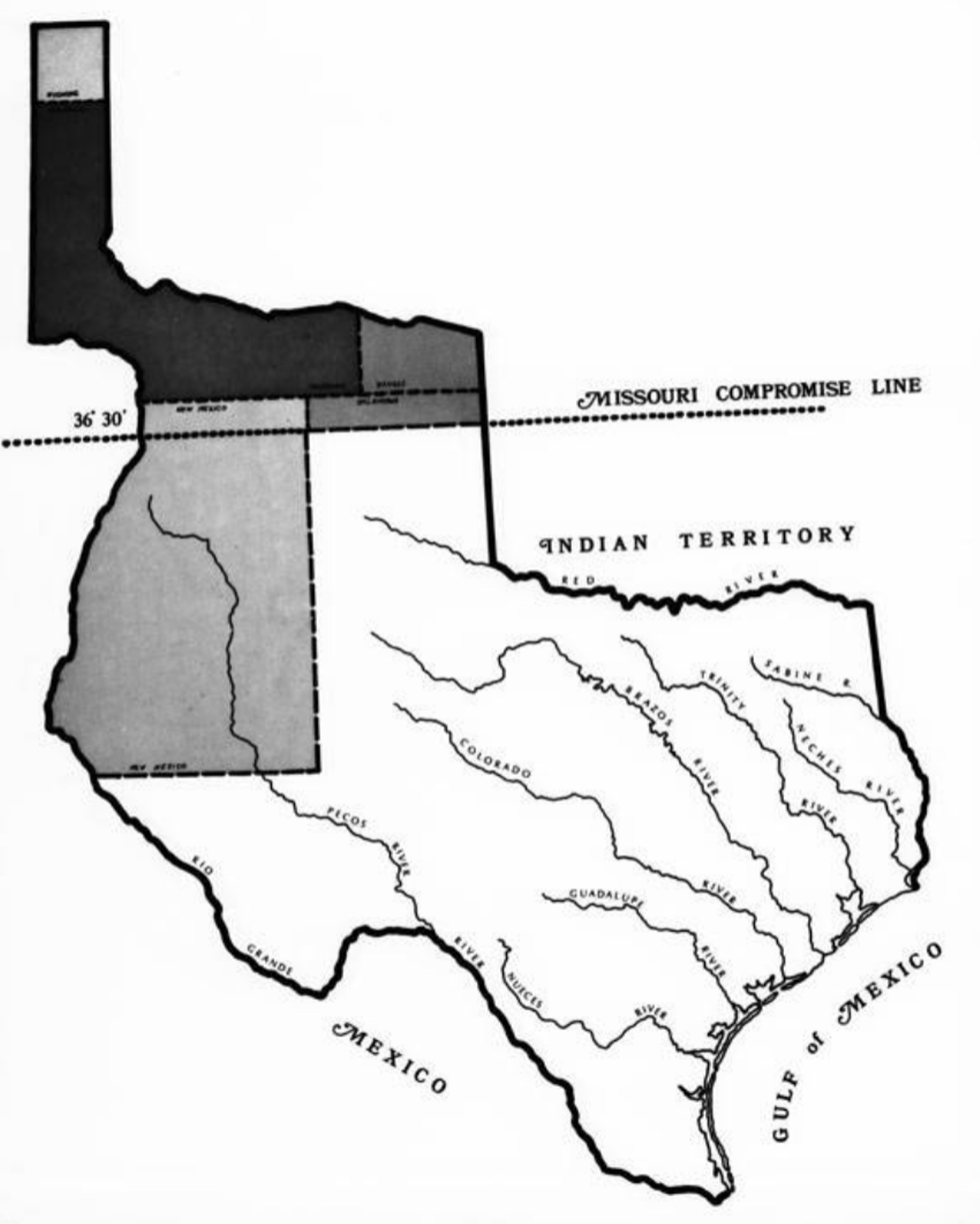
The Compromise of 1850 really saved Texas’ ass.
Thanks to this document, Texas received about $10 million from the U.S. government to settle its debts it acquired as a country. But first, Texas had to give up about one-third of its land.
Photo via UTSA Libraries Special Collections
Thanks to this document, Texas received about $10 million from the U.S. government to settle its debts it acquired as a country. But first, Texas had to give up about one-third of its land.
Photo via UTSA Libraries Special Collections
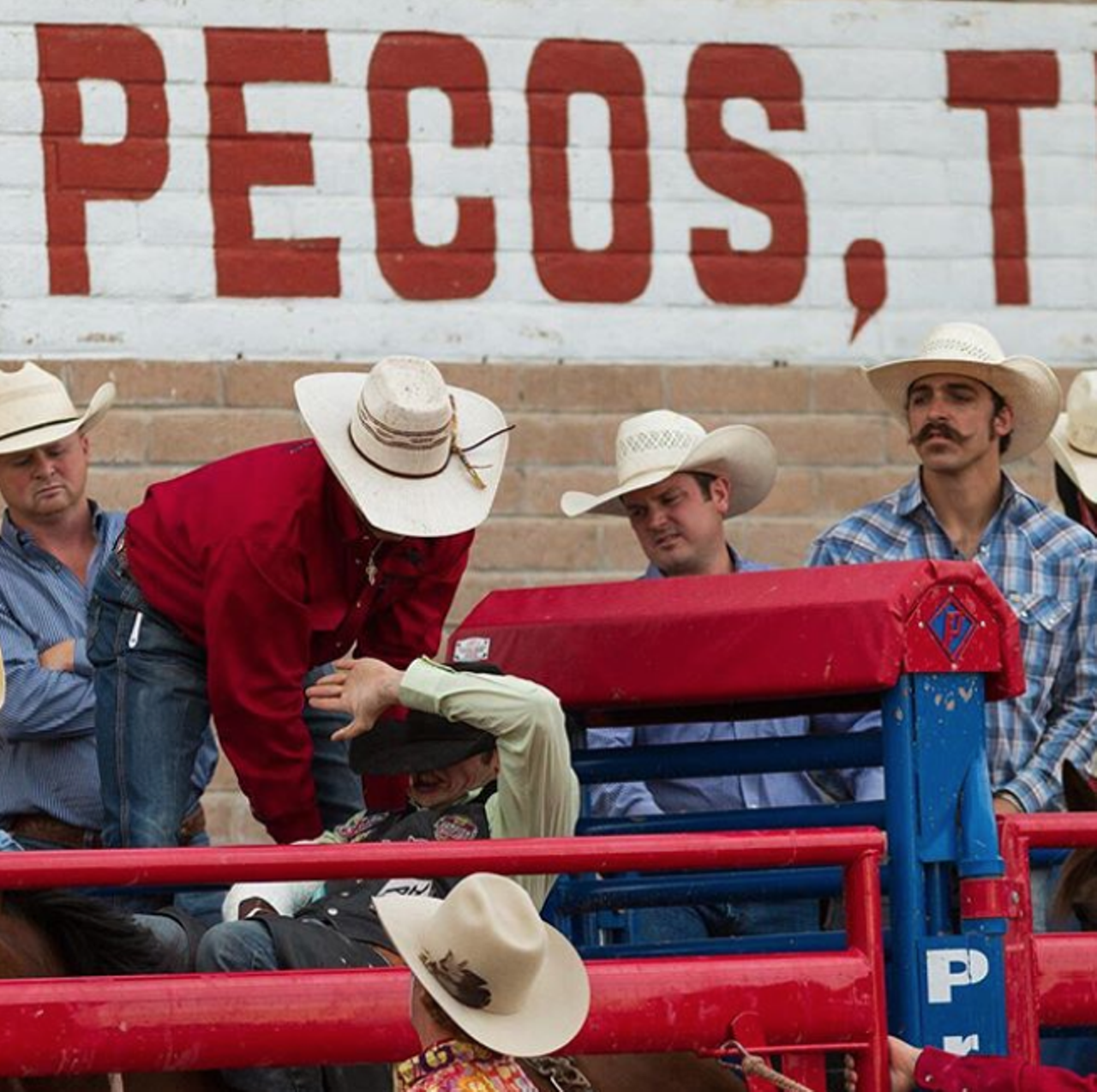
Rodeos have always been a thing in Texas.
Houston is home to the world’s biggest rodeo today, but it isn’t the only Texas town to have claim to fame in the rodeo arena. The world’s first-ever rodeo was held in the small town of Pecos on July 4, 1883.
Photo via Instagram / westofthepecosrodeo
Houston is home to the world’s biggest rodeo today, but it isn’t the only Texas town to have claim to fame in the rodeo arena. The world’s first-ever rodeo was held in the small town of Pecos on July 4, 1883.
Photo via Instagram / westofthepecosrodeo







